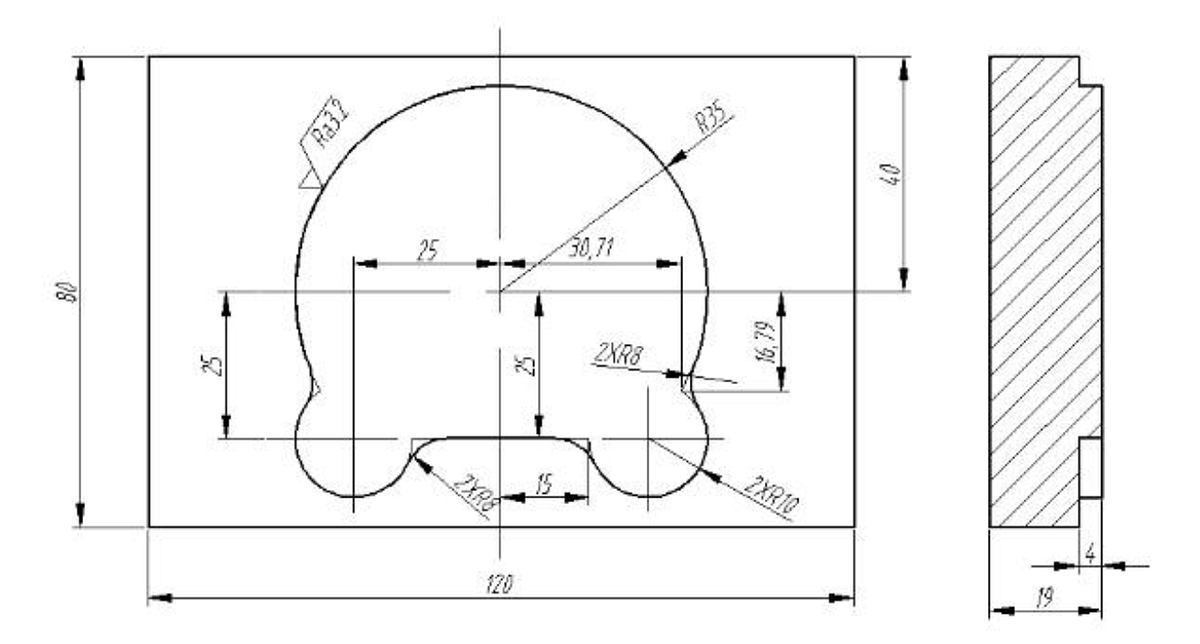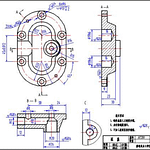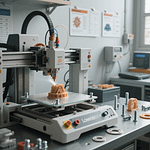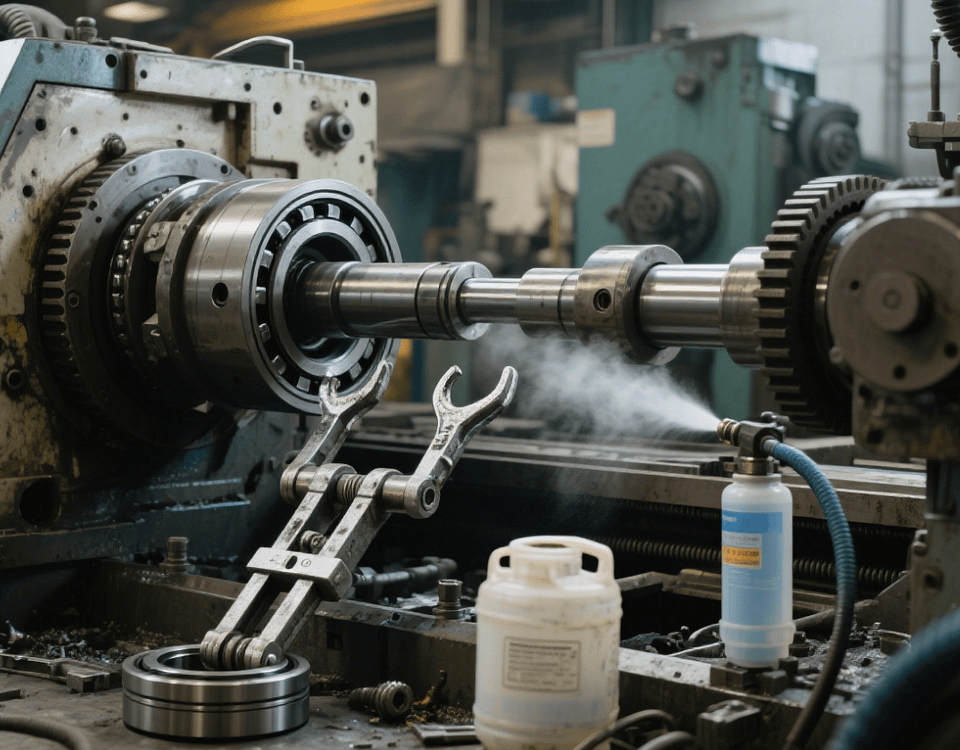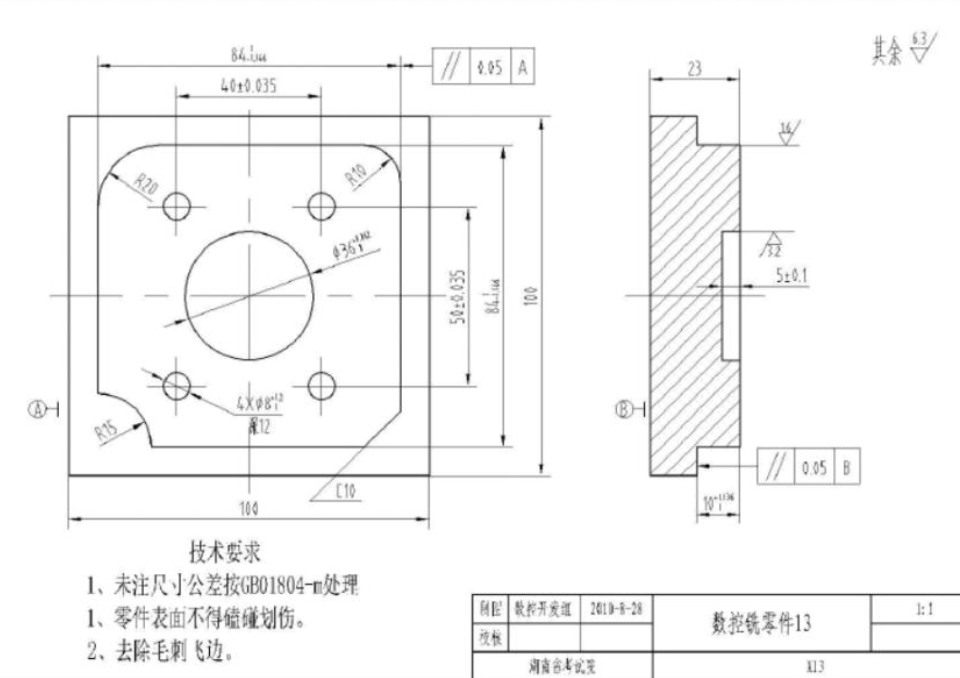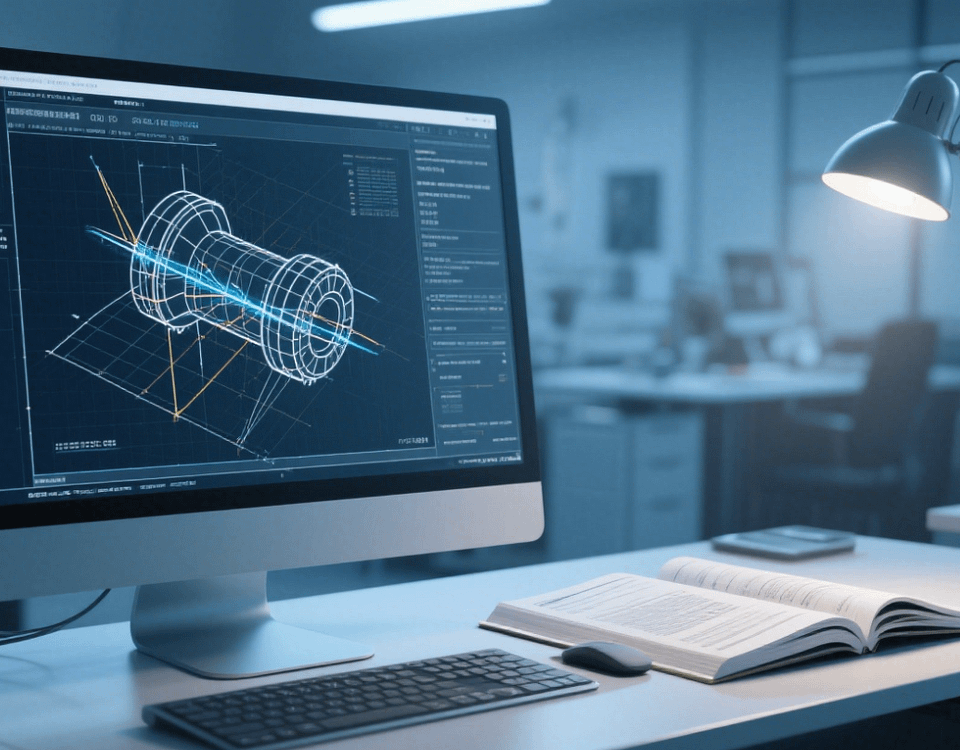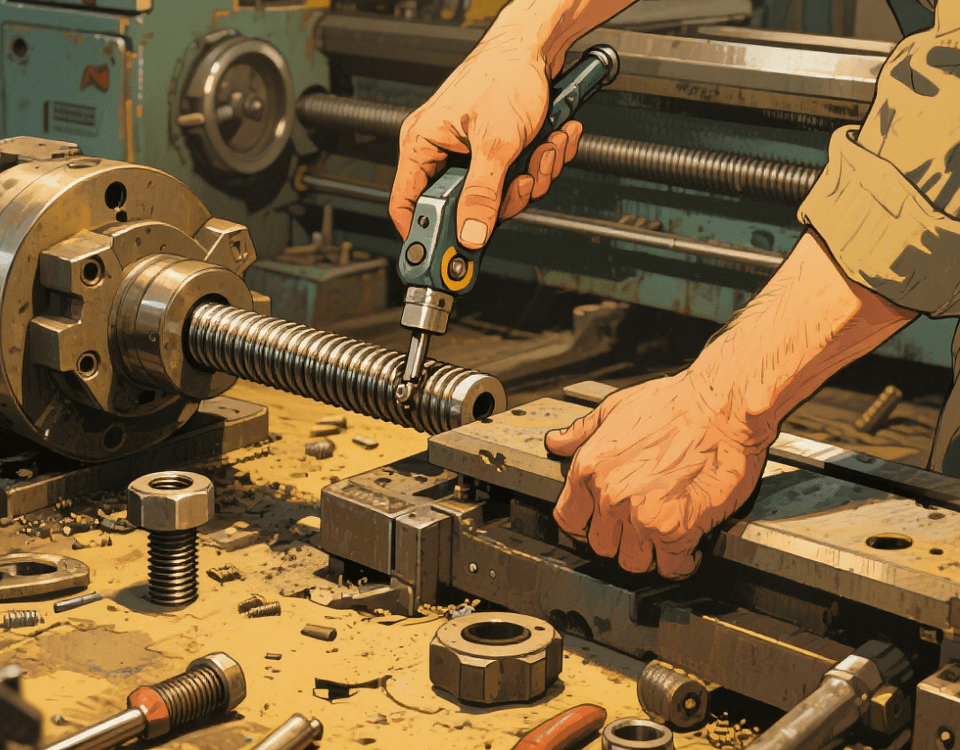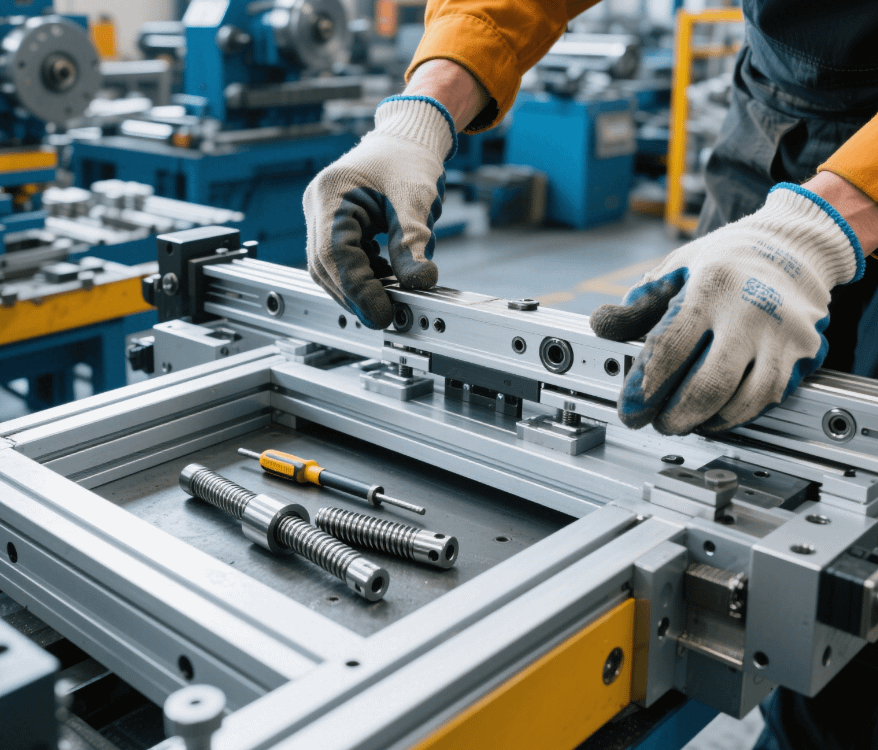How Long Does It Take to CNC Machine a Part?
In our factory where we machine precision parts using Swiss-type lathes, customers often ask, “How long does it take to CNC mill a part?” Unlike simple repetitive manual operations, the machining time of CNC milling is comprehensively influenced by many factors such as the complexity of the part, the characteristics of the material, the machining process, and the performance of the equipment, making it difficult to give a fixed answer.
The complexity of the part plays a decisive role in the milling time. Parts with simple structures and regular shapes, such as flat thin plates and square grooves, have fewer CNC milling processes, and the tool path planning is easy, resulting in relatively short machining time. For example, when milling a common rectangular flat plate, only planar milling and contour milling are required. When the equipment is operating normally, it may be completed in about ten minutes. However, for complex impellers in the aerospace field, precision cavities in the mold industry, and other parts, they have complex structures such as irregular curved surfaces, deep cavities, and thin walls. Not only multi-axis linkage milling is needed, but also multiple processes such as rough machining, semi-finishing, and finishing are involved. The tool needs to be frequently changed and adjusted, and the machining time often takes several hours or even longer.
The characteristics of the material also significantly affect the milling duration. The physical properties of different materials, such as hardness, toughness, and thermal conductivity, vary greatly. Materials with low hardness and good cutting performance like aluminum alloy have small cutting resistance during milling. A higher cutting speed and feed rate can be used, resulting in high machining efficiency. But for materials with high hardness, strong toughness, and poor thermal conductivity, such as titanium alloy and superalloys, a large amount of cutting heat is easily generated during milling, which leads to accelerated tool wear. To ensure machining accuracy and tool life, the cutting parameters must be reduced, which will undoubtedly greatly extend the machining time. Taking titanium alloy parts as an example, the milling time may be 3 to 5 times that of aluminum alloy parts with the same structure.
The selection of the machining process and parameters is also closely related to the machining time. A reasonable process route can reduce unnecessary machining steps and improve efficiency. For example, rough milling is carried out first to remove most of the allowance, and then finish milling is performed to ensure dimensional accuracy and surface quality. This step-by-step machining method is more efficient than direct finish milling. At the same time, the setting of cutting parameters such as cutting speed, feed rate, and cutting depth needs to be precisely adjusted according to the part material, tool type, and machining requirements. Improper parameter selection may lead to low machining efficiency and even quality problems.
In addition, the performance of the machine tool equipment is crucial. High-end CNC milling machines, such as five-axis linkage machining centers, can reduce the number of clamping times when machining complex parts compared to ordinary three-axis milling machines, improve machining accuracy and efficiency, and shorten the machining time. Meanwhile, performance indicators of the machine tool, such as stability, spindle speed, and rapid traverse speed, also directly affect the machining efficiency.
Overall, the CNC milling of simple parts may be completed within half an hour; for parts of medium complexity with conventional materials, the machining time is approximately 1 to 3 hours; for complex and precision parts made of difficult-to-machine materials, the milling time may range from several hours to several days. In our factory, according to the specific situation of each part, various factors will be comprehensively considered, and an optimized machining plan will be formulated. While ensuring the accuracy and quality of the parts, the CNC milling time will be shortened as much as possible to provide customers with efficient and high-quality services.
